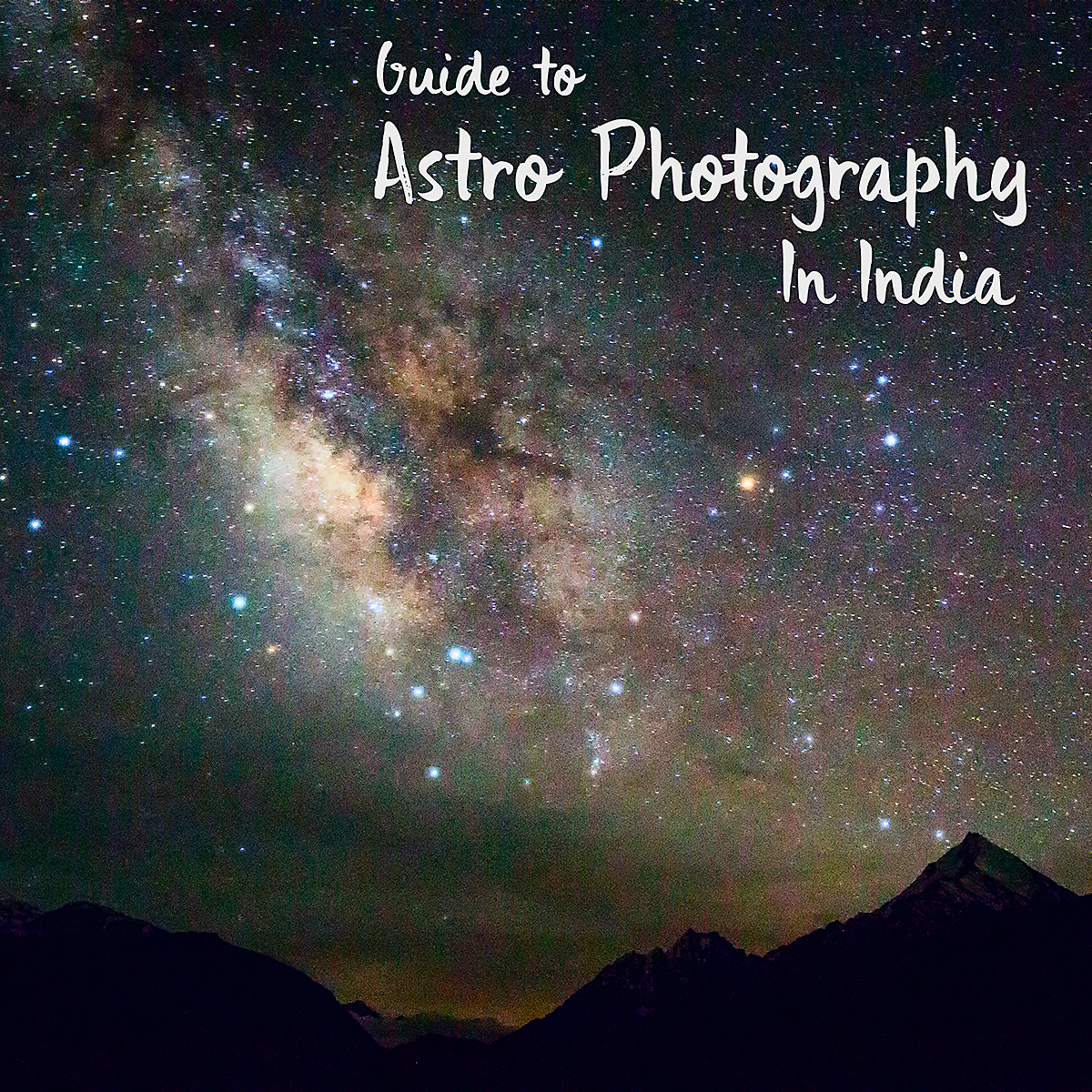
BONUS: How to Shoot the Moon and Eclipse
Recently, I got a chance to shoot the super blood moon/blue moon/lunar eclipse on Jan 31st, 2018. The moon on this day was 14% brighter than usual. It was also the second full moon of the month, commonly known as a “blue moon.”
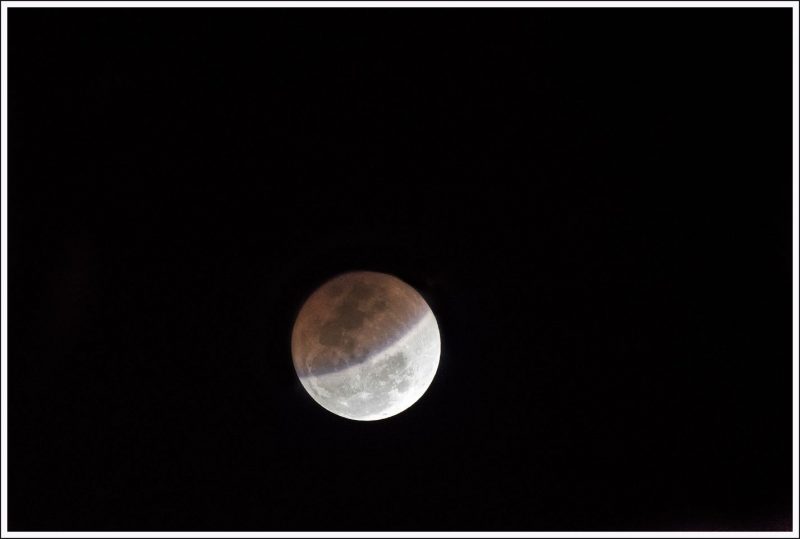
After the eclipse, social media was filled with tons of pictures of the moon in various stages. Many of these photographs were composites. Sometimes the composites end up looking very fake, or unbelievable.
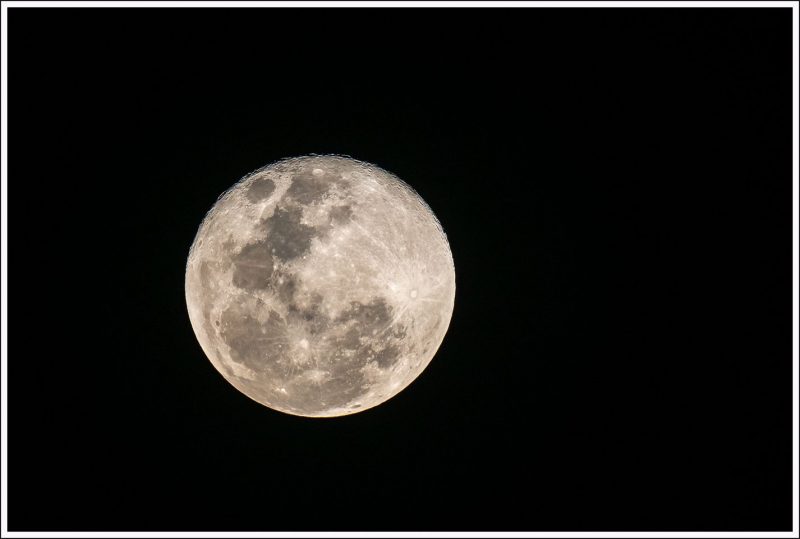 To get a close up of the moon, you need a lens which is longer than 400mm in focal length. When you use such super telephoto lenses, you field of view becomes very small. Hence, it becomes very difficult to get the moon and a good foreground, unless you shoot when the moon is just above the horizon.
To get a close up of the moon, you need a lens which is longer than 400mm in focal length. When you use such super telephoto lenses, you field of view becomes very small. Hence, it becomes very difficult to get the moon and a good foreground, unless you shoot when the moon is just above the horizon.
The time of moon rise largely depends on the season. If the moon rises before sunset, you cannot capture it when it is at the horizon. This is because the ambient light is still bright, thus fading the moon. This was exactly the situation on Jan 31st 2018.
If you capture the moon with a lens in the range of 24 – 200mm, you can cover a good portion of the foreground, but you will get a very tiny moon. The moon will also appear distorted when you go wide. This is the reason why many of the photos of a large moon with a foreground that you see on social media are most certainly composites.
To get a balance of a good field of view to include the foreground and also get a fairly large moon, you must shoot in the 200-400mm focal length.
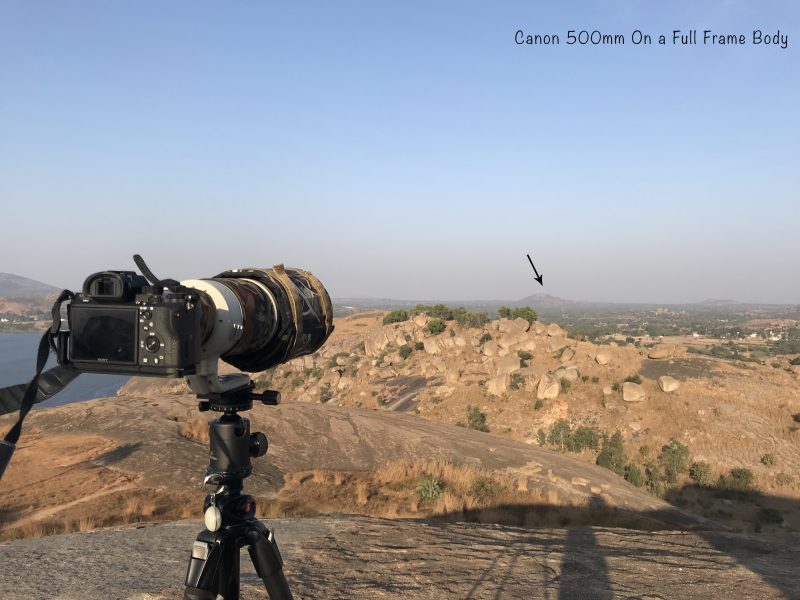
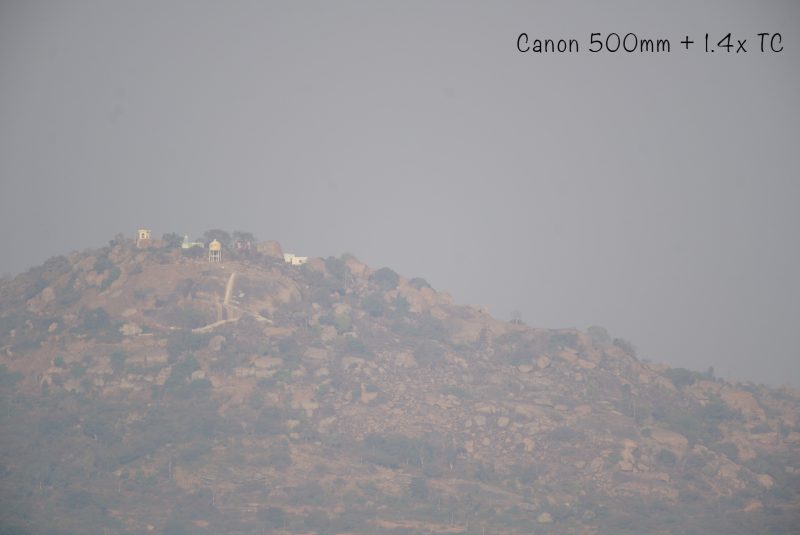

Getting the Correct Exposure
It can be tricky to get a balanced exposure when you are shooting the moon along with the surroundings. As a thumb rule, it is good to shoot with a tripod when using a telephoto lens. Once you mount the lens on a tripod, you can bracket your shots with a gap of 1EV. Later, using a HDR software, you can merge these photos to get a good exposure. Try and keep the ISO and aperture such that you can capture the moon at 1/200th of a second. This will prevent any blurring between the three exposures due to the movement of the moon.
If you are not including any foreground in your moon shot, you can get away with as single exposure. If you are shooting an event like a lunar eclipse, you can try and set up a time lapse to capture the changing phases of the moon. Remember to move the tripod and change the exposure during the phase of the time lapse. The moon moves fairly fast as it rises over the horizon, as you can see in this video:
Pages: 1 2
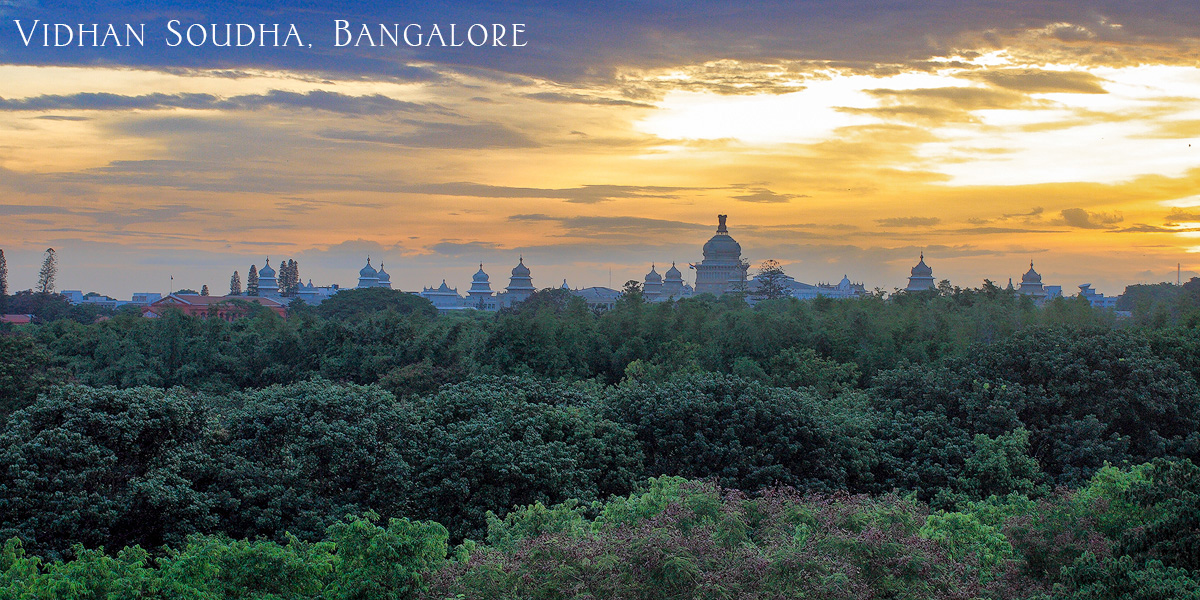
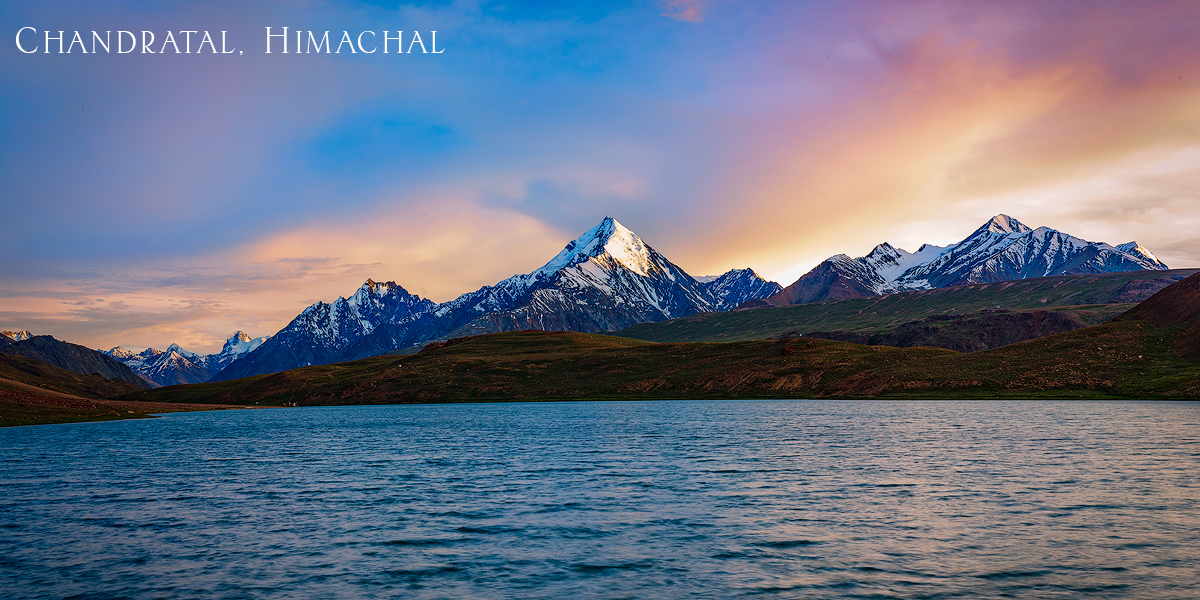
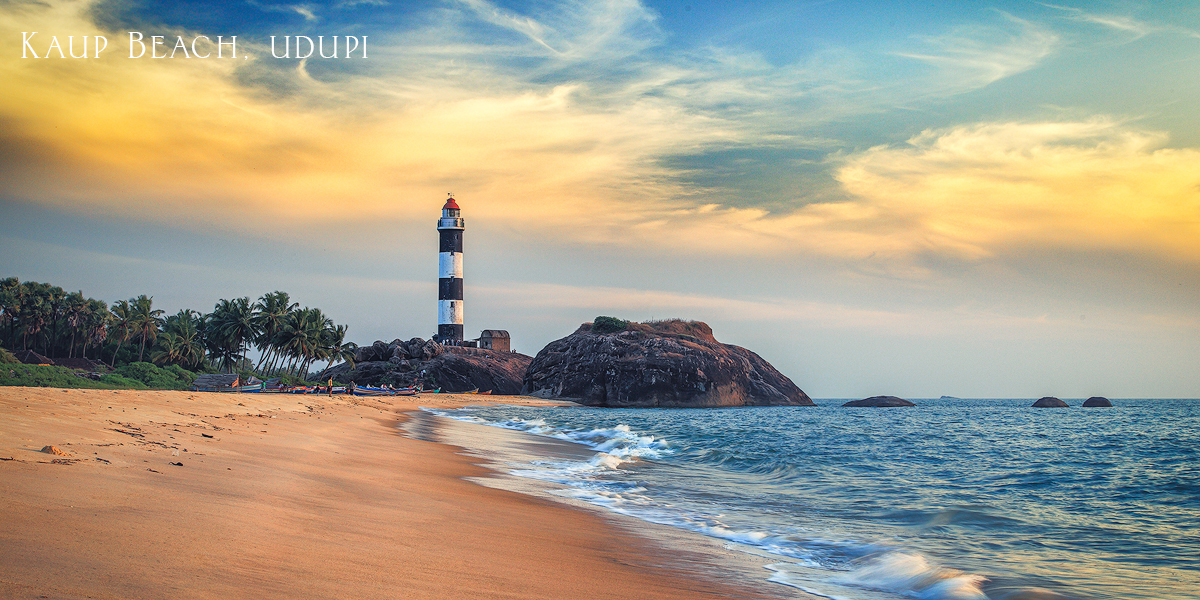
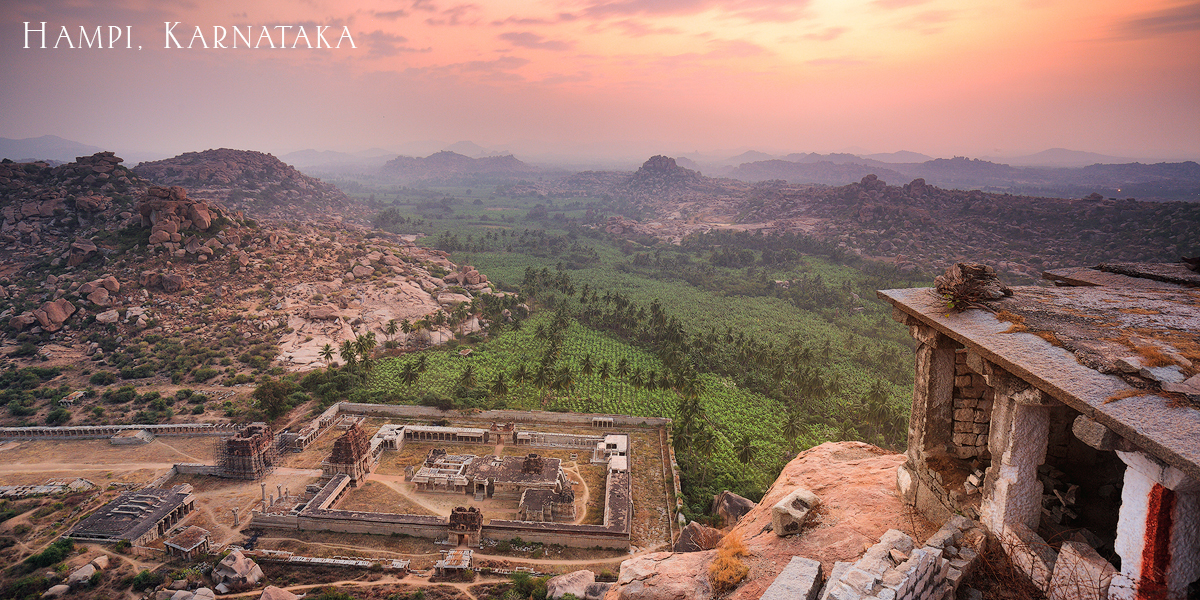
38 Comments
Interested in the next Astro workshop.
Very nicely explined in crisp way.
I m Interested in astro Photography
If you are planning an astro shot, please I am interested to join
Wonderful content put up in this post! Count me in for the next Astro photography shoot.
Very nice explanation…brief and precise… Pls arrange for some workshop… I always plan for this but never get out and shoot…At least if we go in a group it’s better….
That is true. We are planning an astro tour at Darter. Will keep you posted.
Very well told Pratap. Nice content. Thanks for sharing.
I have to learn a lot from you, buddy. I’ve not tried any of these yet…and now I feel like I should have met you long back when I was in Bangalore
Thanks Alok. Maybe next time 🙂
Those are some amazing photographs. Could you please suggest some places around Bangalore for shooting the milky way?
I suggest you go away from Bangalore to some place where light pollution is less.
Unique as always, thanks for sharing
Hi which is this location? is it possible to share the exact coordinates or name of the location. its pretty interesting,
Planning to visit this place in my next visit to India.
Thanks
Yogeesh
Thanks a lot for the information. Can you suggest some good astrophotography cameras under 90,000? It would be really helpful…
Prioritise the lens over a camera.
Ok, can you suggest that should I go towards Canon or Nikon ecosystem for lenses and dslrs as there are a lot of choices. Thank you
You can buy a Canon or Sony mirrorless camera.
Thanks man. Really helpful.
Thank you Shubham. I enjoy your travelogues. Honoured to have you visit my website.
Yay! That made my day.
Great pics. Can you tell me where in Karnataka you shot Milky way. Coorg? Just curious which dark places without light pollution would you recommend.
Hi, you can check areas with low levels of light pollution using Dark Site Finder. http://darksitefinder.com/
Nice article. Very informative and well written. Beautiful pics as well.
What kind of gear do you recommend
I’ve written about the kind of equipment in the post.
i just heard the term astrophotography a few days ago
right now I have an Olympus binocular and I am amazed at the stars i can see in moderately light polluted sky.
However, with limited money of around 60000, what gear can i buy to view/capture the night sky.
the images above seems to require some really expensive equipment.
should i invest in camera or in a telescope ?
Thanks in advance for your reply.
Hi Maneish. You can purchase a DSLR such as a Sony A6300, Canon, Sigma 16mm F1.4, a tripod and start shooting the night sky. If you are looking for a telescope to view the night sky, sorry I cannot be of much help as that is not my area of expertise.
Very good write up on Astrophotography. Do you know anybody who organize tours on this or do you do it yourself.
Pls check http://www.darter.in
Wonderful article Pratap Ji. I am a beginner and currently having Nikon D5600 with kit lens. Please suggest Nikon lens that will be helpful for astrophotography. Also, do you organise workshop for astrophotography in north India also?
Thanks. Tamron 11-16 f2.8 is a good lens.
Is there any place in india to modify a dslr
No, I don’t know of any place in India
Beautiful pictures captured. I am also interested in astrophotography.
Thanks
Can you guide me in astrophotography and from where to start as I am new to this field
Hi, you can watch YouTube/website tutorials to learn the basics and then join some workshops to gain practical knowledge. Apart from my own website, you can also see https://www.lonelyspeck.com/astrophotography-101/